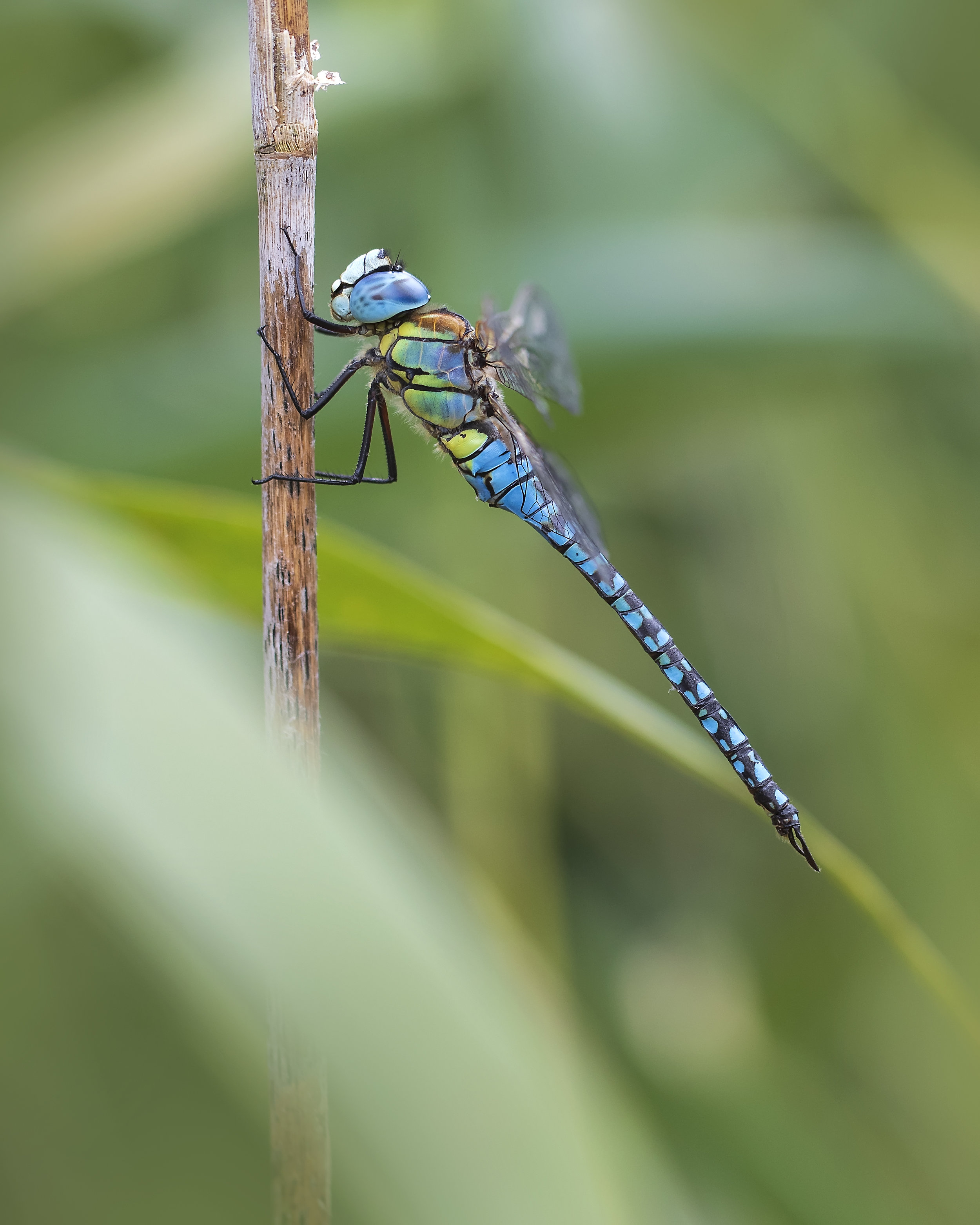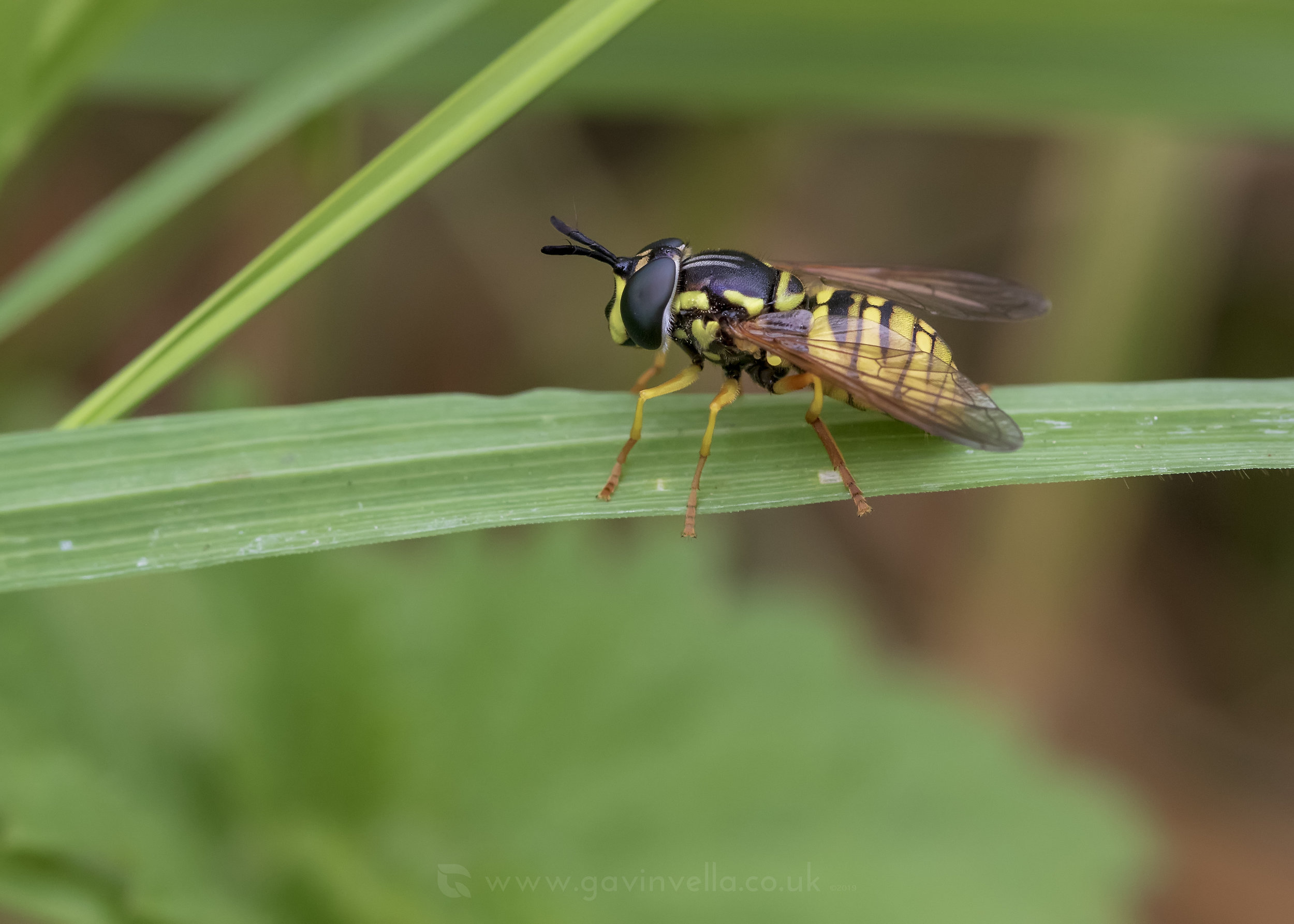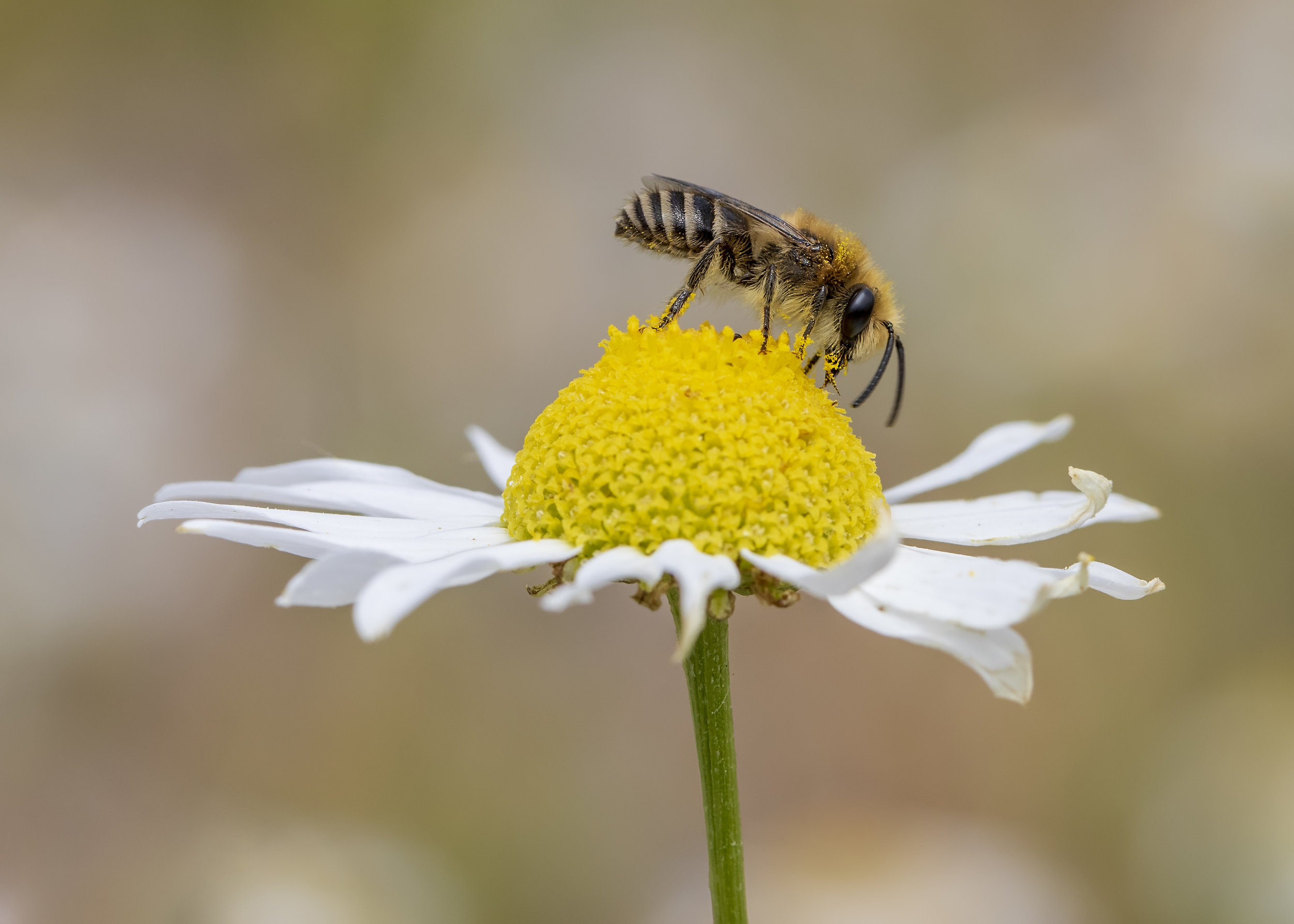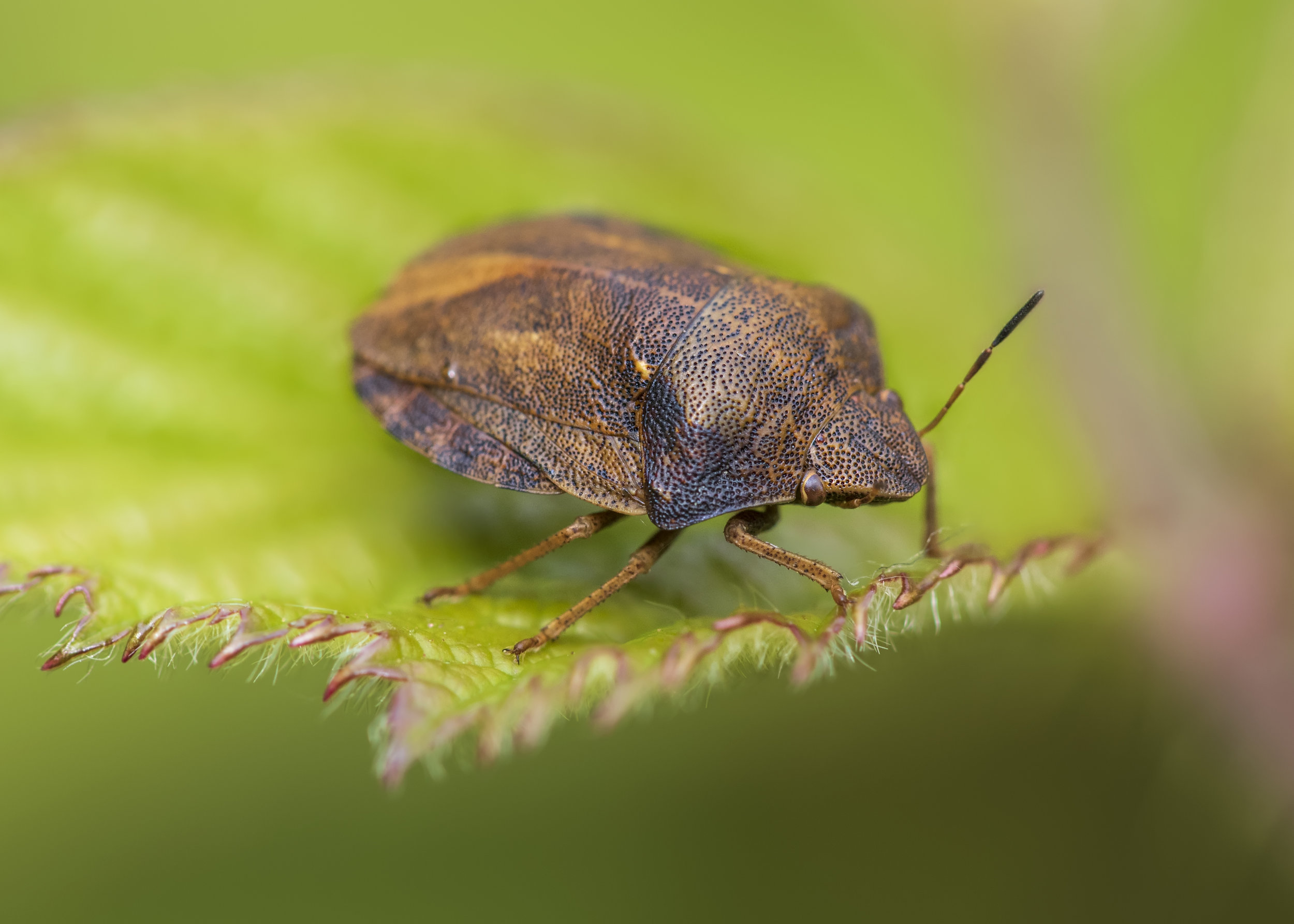The Canyon - Terpentwys
A sunny day and I aimed to have a ‘dragonfly’ day at a place called The Canyon, which has a number of cool species like Keeled Skimmer and Black Darter that I like to find each year. Having got there however, the wind was so high, I wasn’t even seeing any butterflies on the wing, so on the way back down the mountain, I picked up good friend Craig Constance and we headed to Llandegfedd to salvage the day. We didn’t have much to report on the bird front but Craig spotted his regular Yellow Legged Gull which was good for me as I could finally get a decent view of a full adult bird right next to both Lesser Black-backed and Herring Gull for reference. I must admit, I’ve always shied away from identifying Gulls like Yellow-legged in the field as I’ve not been confident with the features but I certainly feel more confident now. Our last stop before heading home and we popped into Green Pool hide, which in all fairness, we never do these days as it’s usually overgrown but Welsh Water has cleared a nice channel through the reeds and just as well! as the Dragonfly we had been watching for a while in-front of the hide, ended up being a mega!
We had a male Emperor Dragonfly and quite a few Common Darters on the water but we had two Hawkers coming in close but there was so much blue on the one, it honestly looked like a small emperor at first glance. I said to craig at this point, “you know, there is a really rare dragonfly called the ‘blue eyed’ or ‘Southern Migrant Hawker’… from which seconds later the hawker landed right in-front of the hide and I went completely red in the face in shock. As soon as I saw the thin black lines in the thorax and those bright blue eyes, I went into complete panic mode, trying to get a photograph and my battery died!!! Spares of which were in my car! #schoolboyerror. Craig instantly called Lee Gregory who is an all-round naturalist with great species knowledge and he arrived shortly after I got back to the hide with some spare batteries. At this point I still hadn’t got a picture to confirm the ID! Thankfully it returned right in-front of the hide as Lee got there and the first picture had me dancing like a little kid. Lee Gregory instantly knew that this could be a first record for Wales and today it was confirmed that this is the first confirmed sighting for Gwent and Wales, so this would be my second ‘1st’ for Wales this year. This doesn’t happen very often, not for me anyway.
The Southern Migrant Hawker is a vagrant that’s apparently trying to colonise the Uk from southern Europe and more Mediterranean habitats. It’s been spotted mostly in southern and eastern parts of England but sightings in Wales have been very minimal. To have the first confirmed sighting is nice but honestly I was just glad that I knew what it was as we both could have quite easily walked away without giving it a second glance. The first four pics below are of the Southern Migrant Hawker, showing vibrant blue eyes, blue on the thorax with those thin black lines through the yellow which you wouldn’t see on an Emperor which is of similar colours. It is quite a bit smaller than an emperor but in flight, sizer can be difficult to judge.
I’ve started a project to record as many species of Grasshopper as I can, and in a high sample rate so that I can lower the pitch and slow the recording down so that everyone can appreciate the quality. I thought it was probably wise that I make the most of my ability to actually hear them as one day I’m sure I’ll lose that end of the frequency spectrum and I won’t even know where to point the mic! In lowering the pitch, I hope that everyone can enjoy the variety of sounds we have in our countryside. I used to be able to hear some species of Bats when I was a kid. If I knew how much i’d miss that when I was older, I would have done it more often.
















